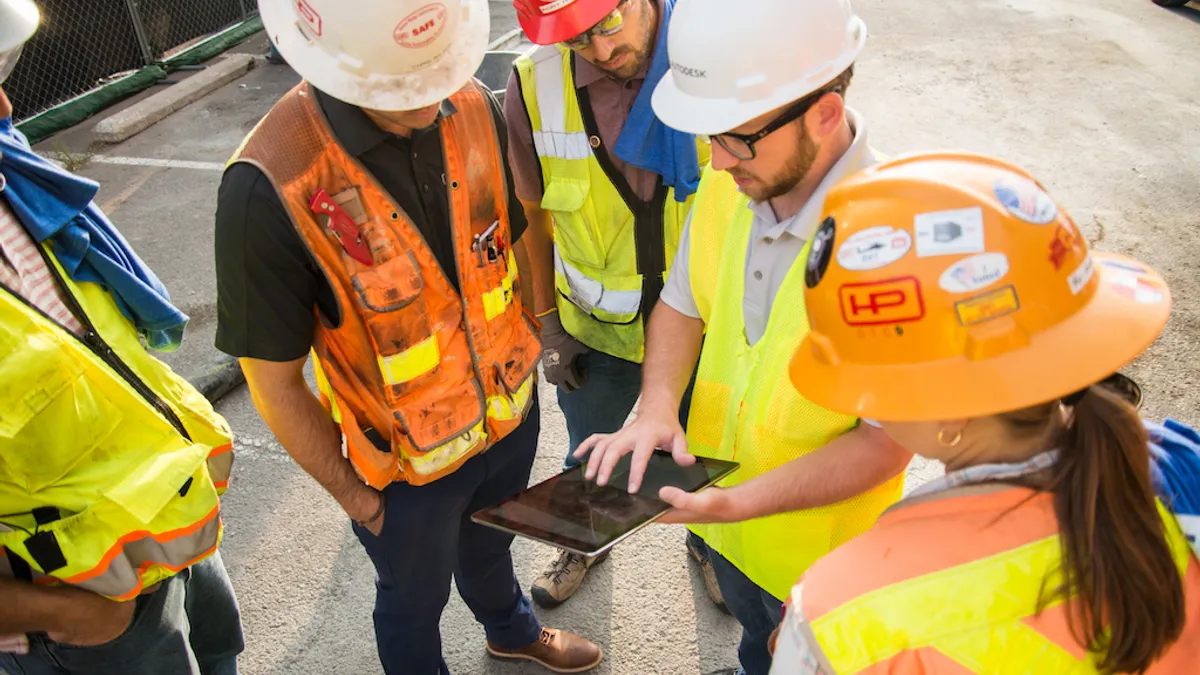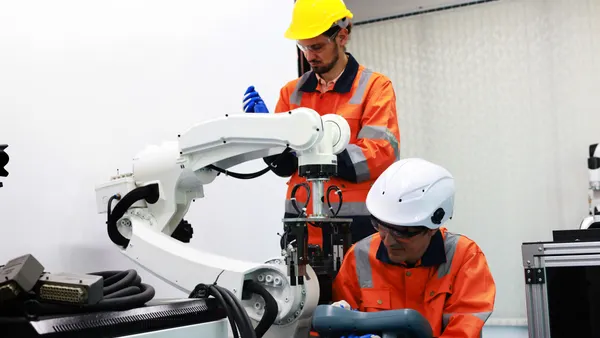As tablets continue to replace jobsite laptops and as smart devices shrink to fit even the smallest shirt pockets, project teams have reached unprecedented levels of mobility and interconnectivity. For nearly a decade, mobile phones have been providing far more than just voice dial connections, offering functionality that rivals most desktop computers; file sharing, email exchange and internet access, to name a few.
Despite astonishing advancements in mobile technology, however, the built environment remains committed to traditional practices to meet project objectives.
No workflow seems to exemplify this more than project communication, where hand-written journals, printed drawings and binder-laden shelves typify most construction sites. Justifiably, physical documentation will always play a prominent role in construction, still, wholly forgoing virtual solutions can be riskier and more expensive than the long-standing methodologies may suggest.
With this in mind, I want to offer 5 reasons construction professionals should adopt a cloud-based document sharing platform for project communication.
Why Cloud-based Construction Document Management?
#1 – Cost
Since cost is often the largest and most difficult barrier for technology adoption (and the first excuse used by contractors to avoid the topic altogether), many product vendors offer document-sharing solutions for free. And depending on how many documents users need to share amongst their project team, some of these products may never cost a penny.
#2 – Accessibility
Generally, new technology replaces its obsolete predecessors. Mobile technology is no exception. Just as cellular flip-phones replaced landlines, smartphones have replaced cellular flip-phones. Use this proliferation of handheld technology to your advantage. Since many on-site personnel already have access to smartphones, adding a document sharing application is a minimal request that garners big results. Pertinent project details such as design drawings, submittals and safety logs can now be carried in the pockets of every fieldworker, and accessed at any time.
#3 – Real-Time Collaboration
Requiring only a few seconds, site supervisors can publish the latest project information to every smartphone, tablet and computer across the project site. The process is simple; upload project documents to the file-sharing application and grant access to those who need the information. Photos, design drawings, submittals (and countless more file types and sizes) can be transmitted and updated instantaneously.
No more…
- Email notifications with attachments
- Hard-copy printouts for distribution
- Guessing whether project personnel have the latest information
Regardless of location and internet connection, site supervisors can be confident that relevant mission-critical information is in the hands of responsible site personnel.
#4 – Storage Size
Oftentimes, the biggest limitation to sharing project documents is file size; attachments are too large to email, there are too many pages to print, or jobsite cameras are “low on memory”. Conversely, with a document-sharing solution, capacity becomes nearly limitless. For example, some platforms have enough memory to house and share roughly 85 million pages of documents while never occupying space on your mobile device. That’s about 8,000 filing cabinets of project information on each handheld tablet.
#5 – Profitability
One of the biggest advantages of using a document-sharing solution is reducing time, money and risk. Everybody on the project team has the latest jobsite information, nobody is building off out-of-date drawings, and the risks resulting from poor communication or errant document distribution is drastically reduced, if not eliminated altogether.










